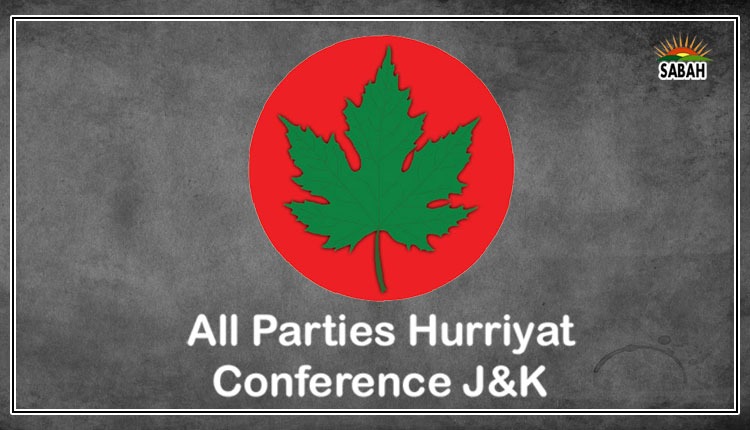Wheat policy…Aijaz A. Nizamani
WHEAT is the most important grain for Pakistani consumers, with, on average, over 50 per cent of their caloric dietary intake provided by the crop. The crop is equally important for farmers, with over half of all agricultural land dedicated to wheat during the Rabi season. We have recently seen the social and political consequences of the governments wheat procurement policy going wrong. The crisis offers many important lessons which must not be wasted. The biggest one is that the prevalent system of promising a minimum support price does not work.
For context, the official wheat procurement price was fixed at Rs4,000 per 40 kilogrammes in 2022, but farmers got at least 10pc above this rate in both 2022 and 2023 because international prices were higher compared to the Pakistani market due to inflation and the Ukraine war. The farmers were jubilant, but consumers paid a heavy price. This year, the tables turned: wheat could, at one point, be imported for Rs65 per kg, far less than the support price of nearly Rs100 per kg. Much blame has been traded over who is responsible for the unsold stock of Pakistani farmers produce.
Ex-caretaker PM Anwaarul-Haq-Kakar defended himself by arguing that the entire import was done by the private sector and did not involve a single rupee being spent from the treasury. More surprising was the revelation that imports continued during the current government: when harvesting started in Sindh in the last week of March, at least seven ships were waiting to be offloaded at Karachis ports. Once the Ukraine war ends, prices may come down further to Rs50 per kg, and with the rupee improving against the dollar, the private sector will push for a liberal import policy with the rational argument that consumers should not be forced to pay double the amount for something available at half the rate in the international market.
Food security and, more importantly, the wheat market are not things that can be left to the mercy of market forces. Many advanced economies, while advocating free market capitalism, make sure that their food production and distribution policies wont cause wild swings in food prices. They provide production subsidies to farmers but leave the market to its own devices. To balance the equation, vulnerable households are provided cash support to help them purchase food. This policy generally works well for both producers and consumers.
The crop cannot be left to the mercy of market forces.
The best our federal and provincial governments can do is to come up with a support mechanism that involves direct transfers to wheat farmers and then let the market prevail.
The question is: what is the optimum level of per-acre assistance, and should there be a ceiling? Here, it may be helpful to explore international practices. Farmers in the EU receive, on average, 250 to 300 euros per acre, with no ceiling or payment limit. Pakistan, of course, cannot afford such a blanket subsidy. As a student of agricultural economics, I propose a symbolic figure of Rs10,000 per acre, with equal contributions from the federal and provincial governments.
There also needs to be a ceiling. A farmer may have grown over 100 acres of wheat but, under this arrangement, should be entitled to maximum support for only 10 acres, which means capping support at Rs100,000 per farmer. This should be enough to achieve the policy objectives of ensuring sufficient area is under cultivation, will not burden the treasury too much, and benefit small farmers.
However, before implementing such a policy, measures must be in place to prevent fraud and abuse. This support should be managed through a tech platform that uses satellite imagery of cultivated land that is verified through Form 7 of the revenue record. The funds should be directly deposited into the farmers accounts, ideally before the crop is harvested. As a positive side effect, the policy will encourage the updating of land records. In some cases, land records are still in the name of previous owners, or even great grandparents. This issue must be addressed if Pakistan is to progress towards a digital economy.
It is believed that of the 22 million acres of area dedicated to the wheat crop, an area of around 10m acres may qualify for such support. This would cost around Rs100 billion to both federal and provincial governments, which is far less than what governments currently waste on wheat procurement. Once this support mechanism is in place, wheat should be subject to a liberal import-export regime. Wheat farmers will adjust accordingly, as poultry farmers, rice growers and producers of other agri commodities already do. This shift could lead to a more stable and prosperous wheat industry, benefiting both farmers and consumers.
Courtesy Dawn












